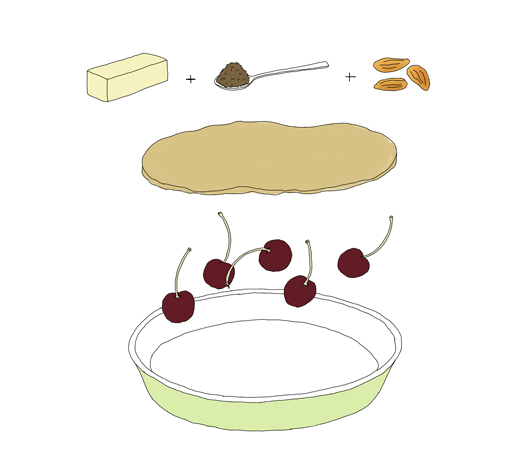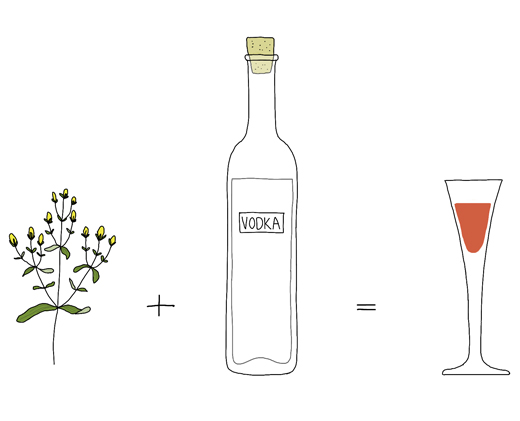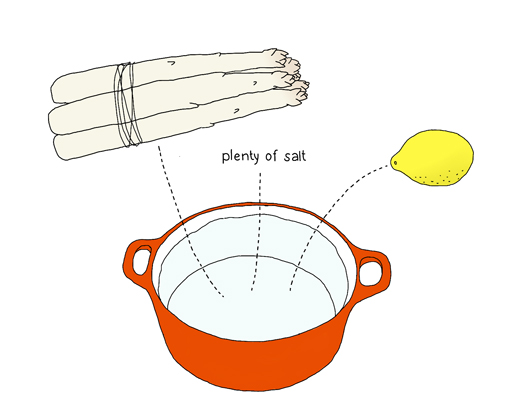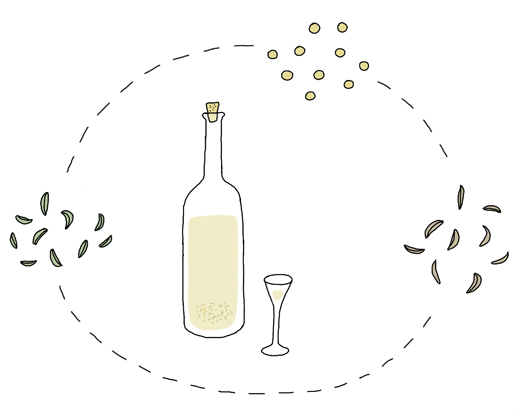My second guest to write here on kokblog is Anna Brones who is a Swede (like me) living in Portland, Oregon. Anna is a writer and co-funder of Under Solen Media (New Media Marketing company). We just met on the Internet and immediately started a conversations around Swedish treats such as knäckebröd, gravlax, and the Swedish Fat Tuesday bun called Semla.
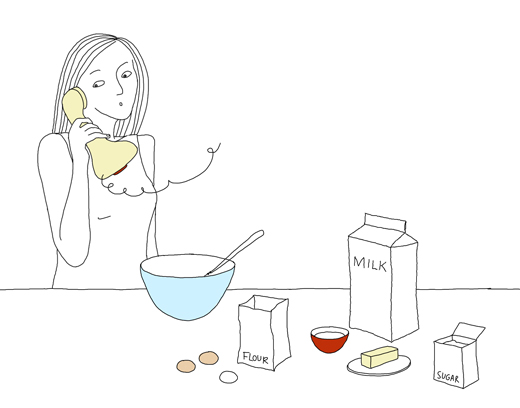
Semlor For Fat Tuesday
by Anna Brones
In my family, as with many, food represents tradition. As a child growing up with a smorgasbord – pun intended – of Swedish foods all year round, I found nothing unusual in our repertoire of dining choices. There should always be hard tack in the pantry, pickled herring and aquavit indicate a good party, and open-faced sandwiches are a perfectly acceptable way to start the day. In Sweden, yes. In the U.S., maybe not.
The same goes for seasonal traditions. I can’t have Christmas without meatballs, and I can’t have a winter without a semla.
A semla, also known as fastlagsbulle or fettisbulle, is a flour bun filled with almond paste and topped with whipped cream and powdered sugar. Historically the decadent pastry was intended for consumption on fettisdagen, Fat Tuesday. But in modern day, the tradition of semlor has gone far beyond just fettisdagen, allowing for Swedish pastry shops and bakeries to fill their windows with the baked good from just after the New Year all the way through Easter. Several months of pastry bliss.
But tucked into the forest of the Pacific Northwest, we were thousands of miles from a Swedish bakery. And yet, I remember that antsy feeling that would come in the late winter months, as my mother would whip out the baking supplies and create masterpieces of almond paste and whipped cream. I would inevitably end up with powdered sugar on my nose.
And thus tradition was born. If Fat Tuesday comes and goes without having eaten one, something is wrong. But with a food savvy mother, my own food traditions come with high expectations.
So in preparation for fettisdagen this year, I figured it best to make some semlor in advance, fine tuning the recipe and ensuring that come Fat Tuesday, I could successfully produce a baked good that would live up to my own standards.
A misread recipe and a bag of whole wheat flour later, I had a batch of cinnamon rolls and a plate full of mini-sized semlor buns on my hands, small enough to be bite size for a five year old. Failure.
“You used whole wheat flour?”
“Well yeah, you know how guilty I feel about buying regular flour,” I responded to my mother on the phone. Along with food tradition, she has also instilled a continued expectation of stocking my apartment full of healthy food. Things made with white flour and sugar are out of the ordinary.
“Did you even buy whipping cream?”
“Umm… no,” I quietly added. What am I going to do with an entire bowl full of whipping cream by myself? I thought.
“Anna, if you’re going to make something decadent, make something decadent. It has to be a real semla!”
And that is where tradition wins. No need to use organic agave instead of sugar, or switch out unbleached white flour or even attempt to make something that doesn’t use butter and eggs, because when it comes to baking and cooking in the name of tradition, you stick with what works, and you get what you expect: a celebratory moment with a cup of coffee and a semla.

semlor
(20 buns)
400F (200°C)
250 ml (one cup) milk
100 g (3 ½ oz) melted butter
25 g fresh yeast (2 teaspoons dry yeast)
¼ teaspoon salt
3 tablespoons sugar
½ teaspoon cardamom
1 egg
850 ml (3 2/3 cups) flour
1 egg, lightly beaten, for glazing
filling
200g (about 1/2 lb) almond paste
insides of the buns + 200 ml (7/8 cup) milk
100 ml (½ cup) whipped cream
Melt butter and add in milk. Heat until lukewarm. Pour over yeast and let sit for 3 minutes. Add rest of ingredients and work the mixture into dough. Leave dough to rise under cloth for 15 minutes.
Knead dough on floured surface. Separate into two sections, then each section into 10 small balls. Place on greased baking pan and let rise for 20 minutes. Glaze each bun with lightly beaten egg. Bake approximately 15 minutes. Cover the buns with a cloth and cool on a wire rack.
To fill
Cut off a circular “lid” off of each bun and set aside. Scoop out inside of bun with a spoon or fork. Mix in a bowl with almond paste and add milk to make a smooth mixture.
Fill buns with mixture and top with whipping cream. Place lid on top of whipping cream and garnish with powdered sugar.
•••
You can follow Anna Brones on twitter, @AnnaBrones
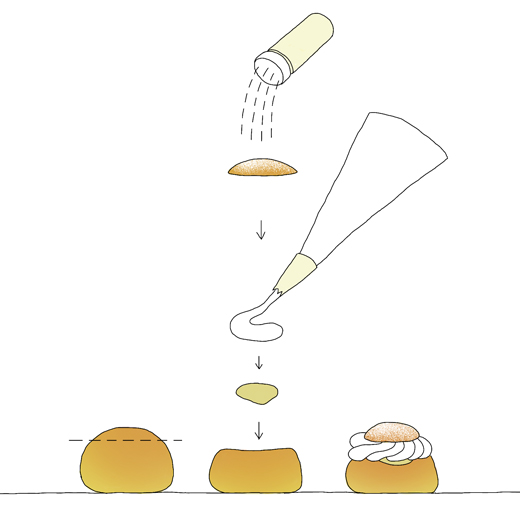
More Swedish baked classics
Kanelbullar – Swedish Cinnamon Bun
Pepparkakor – Ginger Bread Cookies (at EcoSalon)
Lussebullar – Saffron Buns
Mazariner – Guest post by Anna Brones
